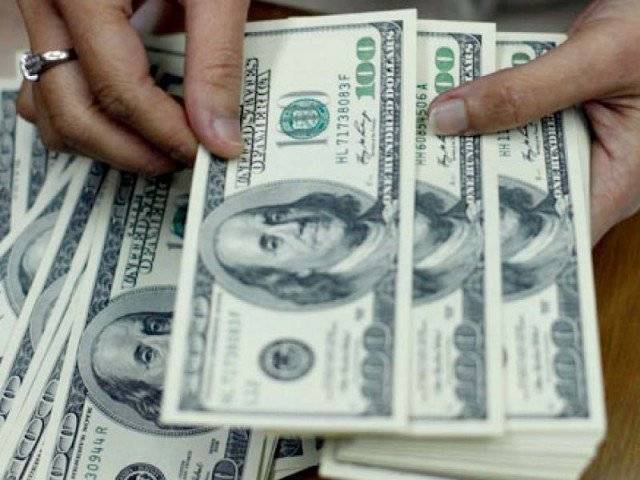
ISLAMABAD: The country’s borrowing hit record highs during FY18, touching $11.4 billion due to rising debt, deteriorating foreign exchange reserves and increasing dependence on external creditors.
Pakistan acquired $11.4 billion loans during FY18, including a cash addition of $500 million by China’s State Administration of Foreign Exchange (SAFE), shared officials in the Ministry of Finance and Economic Affairs reported Express Tribune.
The SAFE cash injection was provided by China to stem a decline in foreign exchange reserves in June.
During FY17, Pakistan got $10.1 billion loans and the amount during the just concluded FY18 acquired record loans of $11.4 billion, the highest since its independence in 1947.
Around $4.5 billion or 39.4 percent of overall external borrowing was received from China which included $2.2 billion in commercial loans, $1.8 billion under the China-Pakistan Economic Corridor (CPEC) and $500 million in SAFE deposit.
Previously, Chinese funding to Pakistan during FY17 stood at $3.9 billion. And it is the second instance that a government has obtained over $10 billion in foreign loans during a fiscal year, from which half of these were used to repay previous loans.
Loans obtained during FY18 of $11.4 billion were 48 percent or 3.7 percent higher than its government own projection put before parliament in June last year.
Against projections of $1.55 billion, the previous PML-N led government obtained a staggering $3.7 billion in foreign commercial loans during FY18.
However, this was a touch lesser than the $4.3 billion obtained during FY17. From this $2.2 billion was obtained from Chinese financial institutions which included $1 billion from China Development Bank, $1 billion from Industrial and Commercial Bank of China and $200 million from Bank of China.
$200 million of a loan was obtained from Noor Bank, $770 million from a syndicate of Credit Suisse, $200 million from Standard Chartered Bank, London and $79 million from Dubai Bank.
During previous governments tenure, Pakistan’s dependence on unconventional types of borrowing escalated.
Overall unconventional borrowing during FY18 stood at $6.7 billion including $2.5 billion raised through the sovereign bond float, equaling 58.8 percent of total external loans.
In FY18, bilateral loans were recorded at only $1.9 billion, of which $1.78 billion were provided by China.
Japan provided only $65.8 million during the last FY18 compared to previously when it used to be an important creditor.
Bilateral economic assistance constituted 16.8 percent of overall borrowing during FY18.
And loans from multilateral sources stood at $2.7 billion or less than 1/4th of total assistance. And 31 percent of multilateral assistance was received from Asian Development Bank which gave $854 loan in loans.
World Bank (WB) provided $768 million and Islamic Development Bank (IDB) released $1.04 billion, which constituted 66 percent of annual projections.
And loans from China, the IDB and foreign commercial banks and issuance of sovereign bonds constituted 70.6 percent of overall loans.



